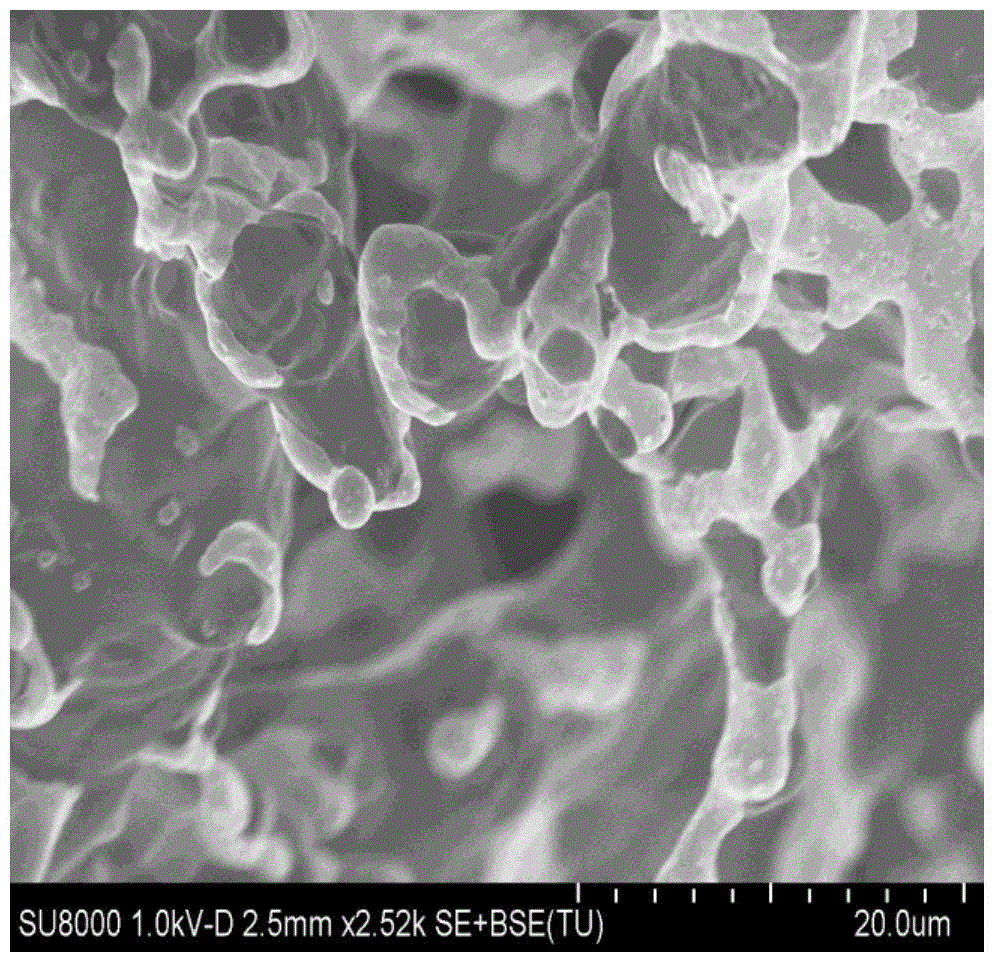Quick analysis method for PBDEs (polybrominated diphenyl ethers)
A polybrominated diphenyl ether, rapid analysis technology, applied in the field of environmental analysis, can solve the problems of expensive instruments and high processing requirements
- Summary
- Abstract
- Description
- Claims
- Application Information
AI Technical Summary
Problems solved by technology
Method used
Image
Examples
Embodiment 1
[0020] Example 1 Preparation of gold solid substrate: Weigh 5g of yeast powder and place it in the inner container of the reaction kettle, wash it with acetone and pour off the supernatant, and add 50mL of 3% glutaraldehyde and 10mL of 2% chloroauric acid to the inner container in turn . After mixing evenly, react in a vacuum oven at 200° C. for 12 hours. The supernatant of the product was poured out, and the lower layer of solid was placed in a crucible, and calcined in a muffle furnace at 600° C. for 7 hours to grind the calcined product into fine particles to obtain a gold solid substrate supported by a carbon skeleton.
[0021] Example 2 Enrichment and detection of BDE-47: Weigh 5 mg of a gold solid substrate supported by a carbon skeleton and place it on a silicon wafer, add 15 μL of BDE-47 solution onto the surface of the substrate dropwise, use a portable Raman spectrometer for signal acquisition, and use a laser The wavelength is 785nm, and the scanning time is 5s, an...
PUM
 Login to View More
Login to View More Abstract
Description
Claims
Application Information
 Login to View More
Login to View More - R&D
- Intellectual Property
- Life Sciences
- Materials
- Tech Scout
- Unparalleled Data Quality
- Higher Quality Content
- 60% Fewer Hallucinations
Browse by: Latest US Patents, China's latest patents, Technical Efficacy Thesaurus, Application Domain, Technology Topic, Popular Technical Reports.
© 2025 PatSnap. All rights reserved.Legal|Privacy policy|Modern Slavery Act Transparency Statement|Sitemap|About US| Contact US: help@patsnap.com



